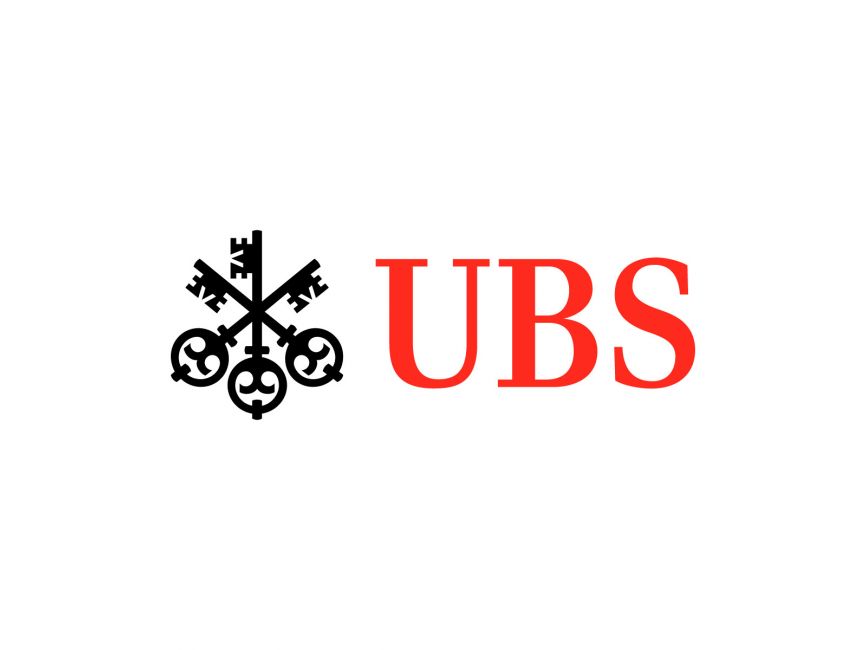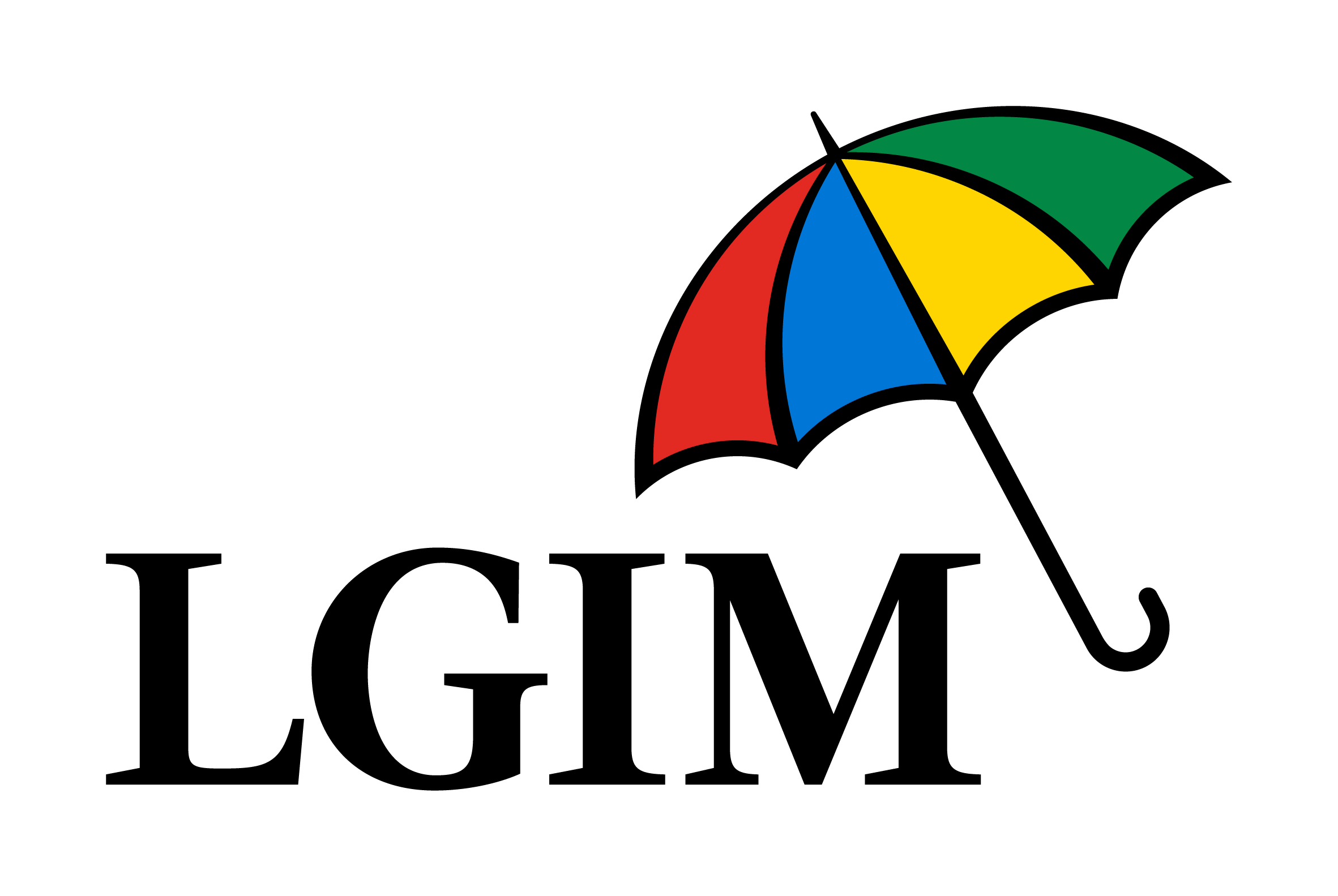As fund selectors position portfolios for the year ahead – timing central bank pivots, the return of fixed income and US mega cap dominance – ETF Stream’s editorial team has built an ETF portfolio it believes will outperform in 2024.
The daunting task active managers face in beating the market has been laid bare across years of S&P Dow Jones Indices SPIVA Scorecards, with more than 90% of Europe-listed global equity and over 80% of US dollar-denominated corporate bond funds lagging their benchmarks over the past decade and between a third and half shutting altogether.
Notably, most of that decade was set against a backdrop of zero interest rates, absent yield in fixed income and narrow market leadership by now multi-trillion-dollar tech hardware and software focused names, which completely skewed the performance of most cap-weighted indices.
While 2023 may have indicated a return to the pre-COVID-19 normal may be on the cards, there is increasing unease around the sustainability of US equity gains. The reversal of the fastest rate hikes in four decades also means bonds are firmly back on the agenda.
ETF Stream’s house view is cautious optimism surrounding the impact of Federal Reserve rate cuts anticipated from Q2 to Q3. While credit card delinquencies and high yield defaults are on the rise as the effect of past hikes trickle through – and fears remain about US consumer resilience – our view would be no more than a mild US recession on the cards in H1.
This article marks the first in a series where ETF Stream pits a 60/40 portfolio of equity and fixed income ETFs against a 60/40 portfolio comprised of MSCI ACWI and Bloomberg global aggregate bond ETFs.
Noting this does not constitute financial advice, here are ETF Stream’s 14 picks for 2024.
Equities
While remaining suspicious about the headiness of the ‘magnificent seven’ last year and the comparative lethargy of the rest of the US equity market, it remains a ‘rock and a hard place’ decision between cutting exposure to US large caps and potentially lagging the market should this segment continue to maintain its momentum.
Though the market may be far less attractive than other equity exposures on a valuation basis, the US remains structurally appealing with more profitable companies and a more favourable legal and capital markets framework.
JPM US Research Enhanced Index Equity (ESG) UCITS ETF (JURE) – 20%
Part of our US bucket sees a 20% allocation to JURE and its active ‘index plus’ approach, whereby the portfolio managers capture the S&P 500 and then look to capitalise on stock dispersion by overweighting companies with strong fundamentals and underweighting those they view as overpriced.
JURE amassed $2.6bn inflows in 2023, with investors hoping the active methodology will enable it to allocate more nimbly, should unforeseen headwinds arise.
Xtrackers S&P 500 Equal Weight UCITS ETF (XDEW) – 20%
The second prong of our US large cap allocation is to DWS’s XDEW, which welcomed $2bn net new assets last year as investors sought to equal weight the S&P 500.
For those looking to tone down concentration among a handful of equities, XDEW offers greater breadth than market cap-weighting, without taking too much specific risk.
UBS ETF MSCI Japan UCITS ETF (hedged to GBP) (UB0D) – 7%
Moving away from the US, we target Japanese equities. While surging in 2023, earnings growth and widespread corporate reforms sees the market highlighted as one to watch in a number of 2024 outlooks.
Though the risk of rate hikes by the Bank of Japan remains, unconventional monetary policy and yen depreciation have seen many opt to currency hedge their Japan exposure. UB0D from UBS Asset Management is the lowest-fee broad exposure to Japan, hedged to sterling.
SPDR Russell 2000 US Small Cap UCITS ETF (R2SC) – 4%
Another move away from the ‘magnificent seven’ sees a focus on US small caps. While more sensitive to potential recessionary scenarios, this segment of the market conversely works as a recovery play – as seen following the end of COVID-19 lockdowns – and would likely be buoyed by anticipated lower borrowing costs following rate cuts.
R2SC is the largest ETF in Europe capturing US small caps and does not take additional style risks by incorporating factors into its methodology.
Invesco S&P China A 300 Swap UCITS ETF (CA3S) – 3%
In emerging markets, the Chinese Communist Party (CCP) may have opted to revise its fiscal deficit target back down from 3.8% to 3%, however, there are expectations of more piecemeal stimulus for infrastructure and support for the country’s ailing property sector.
Following a widespread crackdown on the country’s digital consumer, fintech and online tuition sectors, a prolonged COVID-19 lockdown and underwhelming recovery last year, CA3S represents a contrarian valuation play.
The ETF captures 300 large cap, mainland-listed Chinese equities. Because of the lack of lending market for offshore markets into Chinese onshore stocks, counterparties offering short positions on the market use ETFs such as CA3S to offset these exposures. This means the ETF currently pays a -1.91% swap fee, essentially generating an excess return in addition to market performance.
iShares Developed Markets Property Yield UCITS ETF (DPYA) – 3%
Next, we allocate 3% to real estate investment trusts (REITs) across developed markets, whose prices could continue to recover as the Federal Reserve, European Central Bank and others start to cut rates.
Tracking the FTSE EPRA/NAREIT Developed Dividend+ index, DPYA captures 349 market cap-weighted REITs with a dividend forecast of more than 2% for the year ahead. As an accumulating ETF, DPYA reinvests the income it receives.
L&G Clean Water UCITS ETF (GLGG) – 3%
The final component of our equity sleeve takes a conservative thematic bet. While tech focused thematics soared in 2023 and clean energy strategies face the political risk of a second Donald Trump presidency, water offers a tangential exposure to climate risk management, with some technologies positioned to profitably benefit from water scarcity across the world.
GLGG, which is the lowest-fee ETF in the water cohort, captures 61 holdings involved in the provision of water technology.
Fixed income
While some started calling time of death on the bond component of multi-asset portfolios in 2022, fixed income ETFs booking a record year of inflows in 2023 underscored investors’ faith in a comeback.
In fact, after comprising 45% of all new ETF assets last year, an ETF Stream survey revealed 83% of professional investors believe 2024 will be the year of fixed income. After the Bloomberg Global Aggregate index booked its strongest two-month return since 1990, the question now is to what extent have markets priced in the good news of a dovish pivot by policymakers.
iShares $ Treasury Bond 0-1yr UCITS ETF (IB01) – 10%
For our first fixed income allocation, we follow the investors who poured $2.9bn into IB01, which barbells longer-duration exposures while capturing the currently attractive income offered by US sovereigns.
Tracking the ICE US Treasury Short Bond index, the ETF captures 44 Treasury issuances with a weighted average yield to maturity of 5.03%. The ETF also generates 0.04% from securities lending, offsetting much of the impact of its 0.07% total expense ratio (TER).
iShares $ Treasury Bond 20+yr UCITS ETF (DTLA) – 10%
Capturing the longer-dated end of the US Treasury yield curve, investors in Europe piled $3.8bn into DTLA in 2023. This comprises a more risk-on allocation favouring cuts by the Fed through the year.
While a 16% gain within six weeks illustrates this dynamic being priced in, the ETF remains around 29% down from its price at the start of 2020 – though a return to the pre-pandemic status quo may not be on the cards.
DTLA tracks the ICE U.S. Treasury 20+ Year Bond index of 40 US government bonds. Like IB01, the ETF carries a TER of 0.07% and generates 0.05% from securities lending.
iShares Core UK Gilts UCITS ETF (IGLT) – 6%
The UK component of the rate cut narrative sees us take a 6% position in IGLT. Though the UK’s continued inflation reduction pathway may appear less certain than the US, markets are pricing in at least two rate cuts by the Bank of England in 2024, with obstacles such as the 2022 LDI crisis meaning the ETF is still down 26.7% from the beginning of 2020.
Capturing the FTSE Actuaries UK Conventional Gilts All Stocks index provides IGLT exposure to 62 UK gilts with a weighted average maturity of 12.4 years. The ETF’s securities lending return of 0.08% more than offsets its 0.07% TER.
SPDR Bloomberg Emerging Markets Local Bond UCITS ETF (SPFA) – 4.8%
Next, as investors pulled $1.3bn from a BlackRock US dollar-denominated emerging market bond ETF, we opt to allocate to a local currency EM debt ETF on the basis that Fed cuts to its funds rate will continue the depreciation of the greenback relative to EM currencies.
Tracking the Bloomberg Emerging Markets Local Currency Liquid Government Bond index, SPFA captures 535 sovereign issuances with an average duration of 6.06 years.
iShares Core € Corp Bond UCITS ETF (IEAA) – 4%
Our next allocation follows the $5bn allocated to IEAA last year – the most of any fixed income ETF in Europe – by investors looking to front-run ECB policy cuts expected from H2.
Tracking the Bloomberg Euro Credit index, IEAA captures 3596 investment grade issuances with a weighted average maturity of 4.92 years.
iShares US Mortgage Backed Securities UCITS ETF (IMBA) – 3.2%
Moving into more granular US rate cut plays sees us target mortgage-backed securities, which are set to benefit from a policy pivot, with spreads narrowing as volatility normalising.
IMBA tracks the Bloomberg US Mortgage Backed Securities index of 446 securities with a weighted average maturity of 8.17 years.
Lyxor US Curve Steepening 2-10 UCITS ETF (STPU) – 2%
Finally, a pivot is Fed policy should spell an end to deep yield curve inversion – a thesis supported by $1.6bn inflows into STPU last year.
By tracking the Solactive USD Daily (x7) Steepener 2-10 index, STPU provides leveraged exposure to 1-3-year US Treasuries while taking a short position in 7-10yr securities, meaning it benefits as yields fall on the short end and rise further up the curve.
Notable exclusions
The US bias expressed within our portfolio reflects a tilt to quality, acknowledging a number of scenarios outside of our base case may come to pass.
On the equity side in particular, notable omissions include a lack of Europe and UK equities. While these markets may have more reasonable valuations, they remain behind the US on combatting inflation and the likelihood of recession also appears greater. This explains our tactical underweight, even if both markets could warrant consideration on a longer-term outlook.
Elsewhere, the virtues of targeted equity allocations – including India and Mexico single country and US financials – have been highlighted elsewhere, however, all come into 2024 on the back of strong performance, meaning now may not represent the right entry point for these exposures.
To see how the portfolio fares, at the end of each quarter ETF Stream will review performance and the key contributors and detractors.
Chart 1: ETF Stream’s portfolio of ETFs to outperform in 2024
Equities |
|
Name | Weighting |
JPM US Research Enhanced Index Equity (ESG) UCITS ETF (JURE) | 20% |
20% | |
UBS ETF MSCI Japan UCITS ETF (hedged to GBP) (UB0D) | 7% |
4% | |
3% | |
3% | |
L&G Clean Water UCITS ETF (GLGG) | 3% |
Fixed income |
|
Name | Weighting |
10% | |
10% | |
6% | |
4.8% | |
4% | |
3.2% | |
Lyxor US Curve Steepening 2-10 UCITS ETF (STPU) | 2% |










